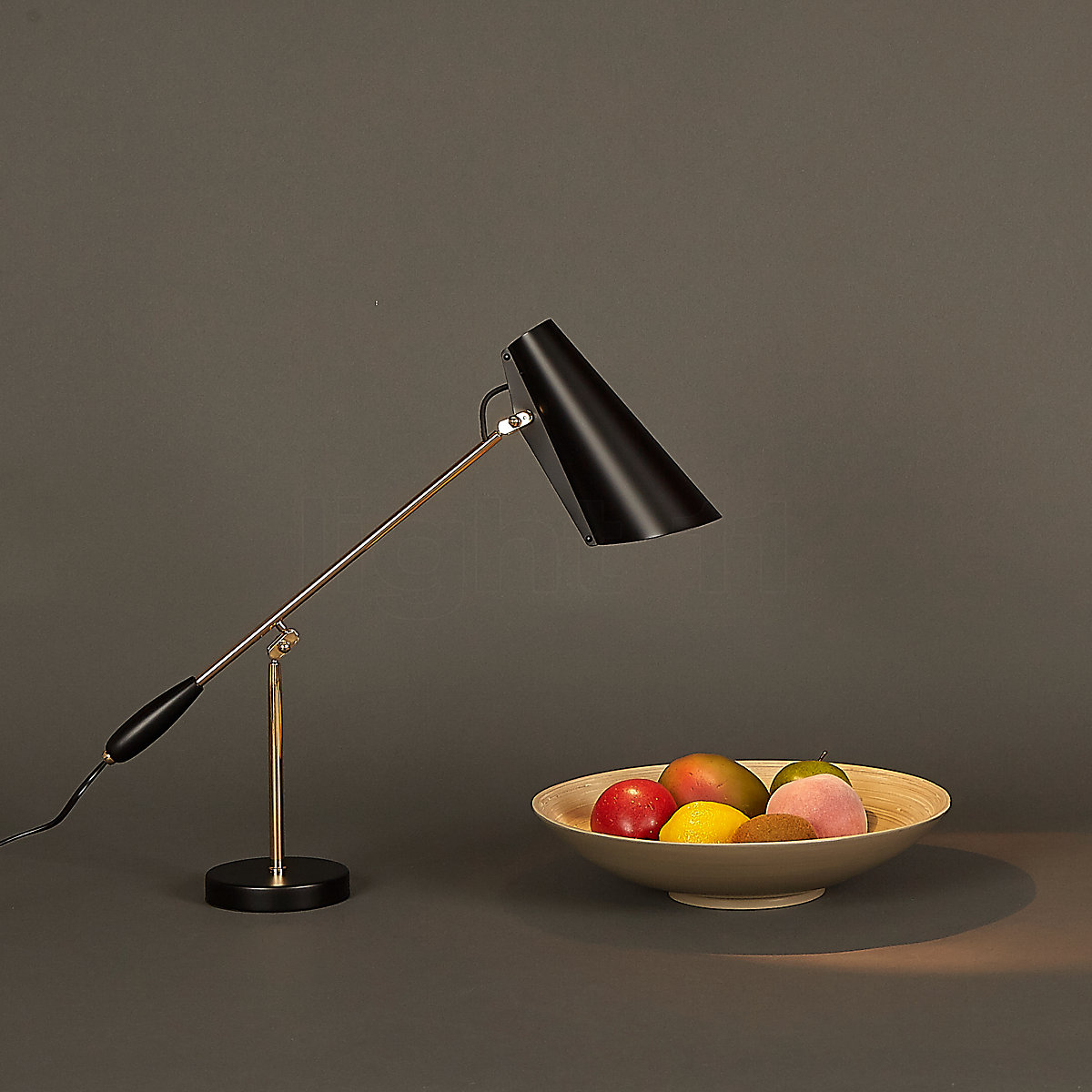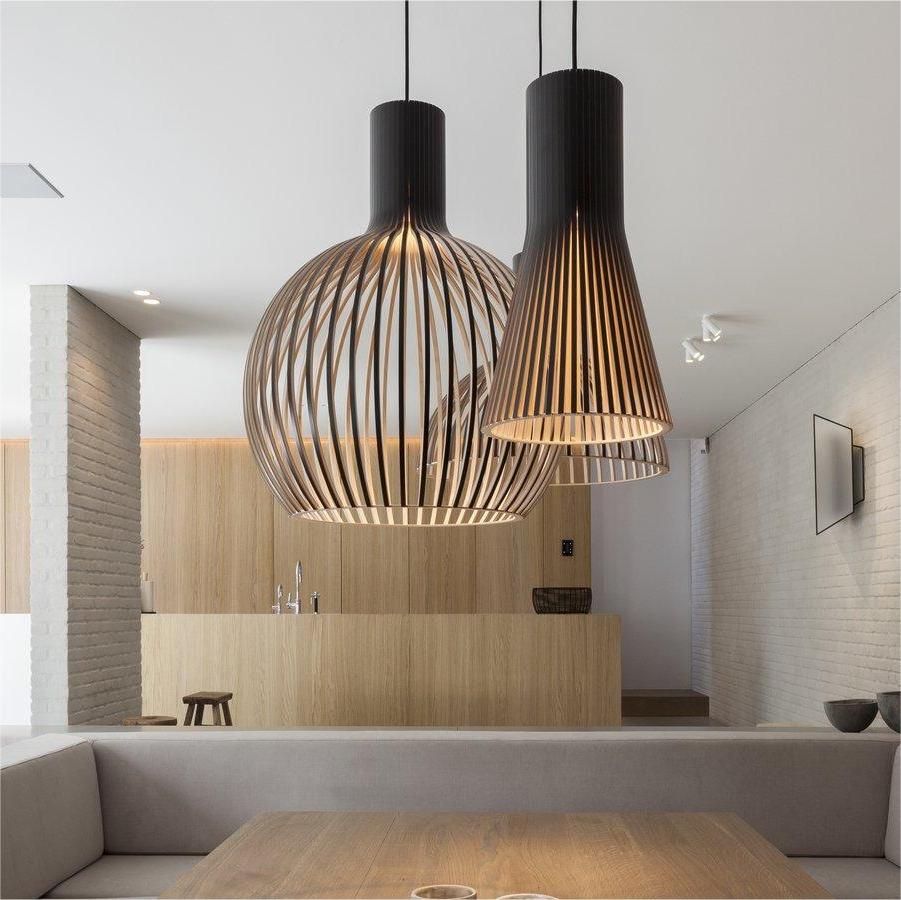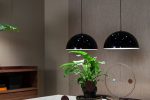One of the most popular home robots on the market is iRobot’s Roomba. Since its release in 2002, millions of units have been sold. The company’s robotic vacuuming devices are a must-have for people who lead busy lives and want to take the chore of household cleaning off their to-do lists. Roombas are also ideal for elderly or disabled people who struggle with physical limitations.
The iRobot Home app lets you control your Roomba from your smartphone. You can schedule cleaning sessions and adjust settings, such as when the dustbin is full or whether or not to keep the robot from moving furniture.
Several sensors and an infrared signal help the robot navigate around obstacles and objects in your home. A bump sensor, for example, requires a forceful impact to trigger the sensor, sending the Roomba in another direction. The Roomba also uses an infrared signal to detect walls, which is why it’s difficult for it to navigate through open doorways. It may get stuck or lose its way.
Other sensors, such as the barometer and gyroscope, track how high the robot is. This information helps the robot keep itself from falling down stairs or navigating into other rooms where it’s not supposed to go.
Roomba’s basic navigation system is based on a simple mapping algorithm that utilizes the sensors to determine its position within a room. It will start in the center of the room, working outward in spiral patterns to clean a concentrated area, then move to the walls. It will also detect an infrared signal emitted by a virtual wall, which is an invisible boundary line that the robot cannot cross.
The latest models are smarter, using advanced algorithms and camera sensors to avoid obstacles like pet poop and stray cords. The Roomba j7+, for example, has a front-facing camera that allows it to recognize and avoid things it shouldn’t touch, such as pet food bowls. The i7+ can even empty itself, so you don’t have to manually fill the dust bin after each run.
iRobot’s robot vacuums feature counter-rotating brushes that loosen debris and accelerate it into the vacuum’s suction channel, where it’s trapped for removal from your floor. The brushes are also covered in abrasive rubber to prevent scratches or gouges on hard flooring.
If you live with a pet, it’s important to choose a model that can handle their constant shedding. Older models, such as the 675 and the E5, struggled with pet hair clogging the brushes or spreading it around the floor. Newer models, such as the i7+ and the 960 and 980, are better equipped to handle this, with the latter two even being able to save maps of your home’s floors.
While some other people, such as iRobot co-founder Helen Greiner, are sometimes claimed as the inventor of roomba, Jones says he’s still proud of his creation. He credits a “Robot Olympics” month in 1989 at MIT’s Artificial Intelligence Lab with inspiring him to create his first prototype.


